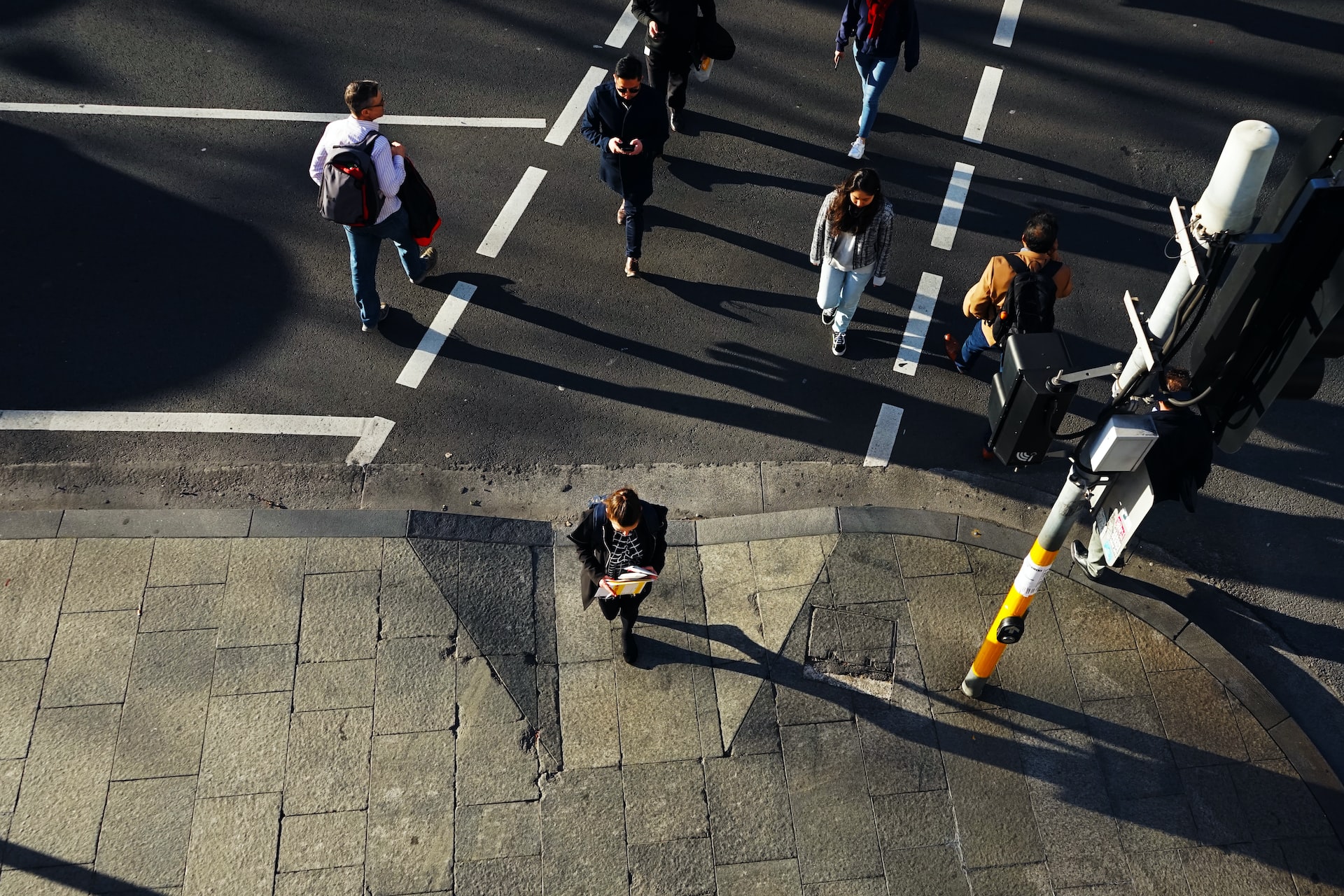Pedestrians are vulnerable road users that are no match for a car or other motor vehicle in the event of a collision. Pedestrians are particularly susceptible to sustaining serious personal injury or even death.
Fortunately, the law in Alberta provides some protection to pedestrians and certain other road users. This article looks at the so-called reverse onus that applies to negligence actions brought against motor vehicle drivers and their insurance companies following an accident, which helps pedestrians in claims for compensation.
Who bears the burden of proof in a normal negligence claim?
In a negligence claim, the plaintiff normally needs to prove on the balance of probabilities that:
- the defendant owed them a duty of care;
- the defendant breached the standard of care;
- the plaintiff suffered an injury; and
- the injury was caused by the breach of the standard of care.
We have written more about these elements elsewhere on our website.
As drivers owe a duty of care to safely use their vehicles, in a case relating to an accident between two motor vehicles, the key issues are often whether one of the drivers did not drive with reasonable care and whether this caused an injury.
What if the driver does not comply with the road rules?
The Traffic Safety Act (Act) changes the normal burden of proof rules. For example, section 185 provides that if a person is injured due to the operation of a motor vehicle on a highway that was operated by a person that failed to comply with the Act, then the onus of proof switches to the defendant driver to show that the injury did not arise because of the failure to comply.
So, in an accident between two motor vehicles, if one driver failed to comply with the Act (for example, was unlicensed, exceeded the applicable speed limit or was using a cell phone), they must prove that the injury did not arise because of this failure. It makes it easier for those injured by drivers who violated the Act to prove their claim.
What is the reverse onus that applies to pedestrian accidents?
Section 186 of the Act also reverses the burden of proof. It applies where the injury is sustained because of a moving motor vehicle, but not in the case of an accident between motor vehicles on a highway. As such, it applies to assist pedestrians injured by motor vehicles.
The provision reverses the burden of proof, meaning that the onus is on the driver to prove that the injury did not arise solely through their negligence.
This doesn’t necessarily mean that the motor vehicle driver will always be liable – they may be able to prove that the collision with the pedestrian occurred through no fault of their own. The reverse onus will apply in cases where the evidence is insufficient or too evenly balanced for the court to determine whether the driver was negligent. In such a case, the pedestrian’s claim will succeed.
What is a “motor vehicle,” and why does it matter?
The reverse onus provision in section 186 of the Act does not only assist pedestrians. It applies to help other non-motorists too.
The Act defines “motor vehicle” to mean “a vehicle propelled by any power other than muscular power” or “a moped,” but not a bicycle, power bicycle, aircraft or a motor vehicle that runs only on rails. The section includes “a self-propelled implement of husbandry” within the category of a motor vehicle.
Therefore, the reverse onus will also apply where something classed as a motor vehicle impacts something that is not, such as a cyclist.
Can the pedestrian be found contributorily negligent?
Suppose the motor vehicle driver cannot prove that the injury did not arise solely through their negligence. In that case, they may still be able to prove that the pedestrian or non-motorist was partially at fault for the accident. Doing this does not satisfy the driver’s burden under section 186 of the Act.
However, if the driver can show that the pedestrian was partially to blame, the court may find the plaintiff “contributorily negligent.” This could be the case if, for example, a cyclist was struck by a car after they did not comply with the road rules, but the driver of the car should have been paying better attention, which would have reduced the danger.
If the non-motorist is partially responsible, the provisions of the Contributory Negligence Act apply. The court needs to determine the degree to which each party was at fault, and then the liability for the injury is proportional to the degree to which each person was at fault. If the court can’t establish different degrees of fault, the liability is to be apportioned equally.
What if you do not know the identity of the driver?
If the motor vehicle driver cannot be identified because they fled the scene, it may not normally be possible to pursue compensation. However, all is not lost. Hit-and-run accident victims may be able to claim compensation for their injuries from the Motor Vehicle Accident Claims Program (MVAC).
The first step is for the injured person to notify MVAC within 90 days of the accident. There is a range of limitations on eligibility and outcome, including a maximum combined payment for all victims of $200,000. We can advise you on the entire process.
Contact the Personal Injury Lawyers at Cuming & Gillespie LLP for Advice on Pedestrian Accidents
Pedestrians and cyclists are very vulnerable when in accidents with motor vehicles. If you have been injured, contact the personal injury lawyers at Cuming & Gillespie LLP in Calgary to discuss how we can help you hold the driver responsible. We will advise you on the prospects of your claim and assist you every step of the way. Please phone us today at 403-571-0555 or contact us online to book an appointment for a free consultation.

